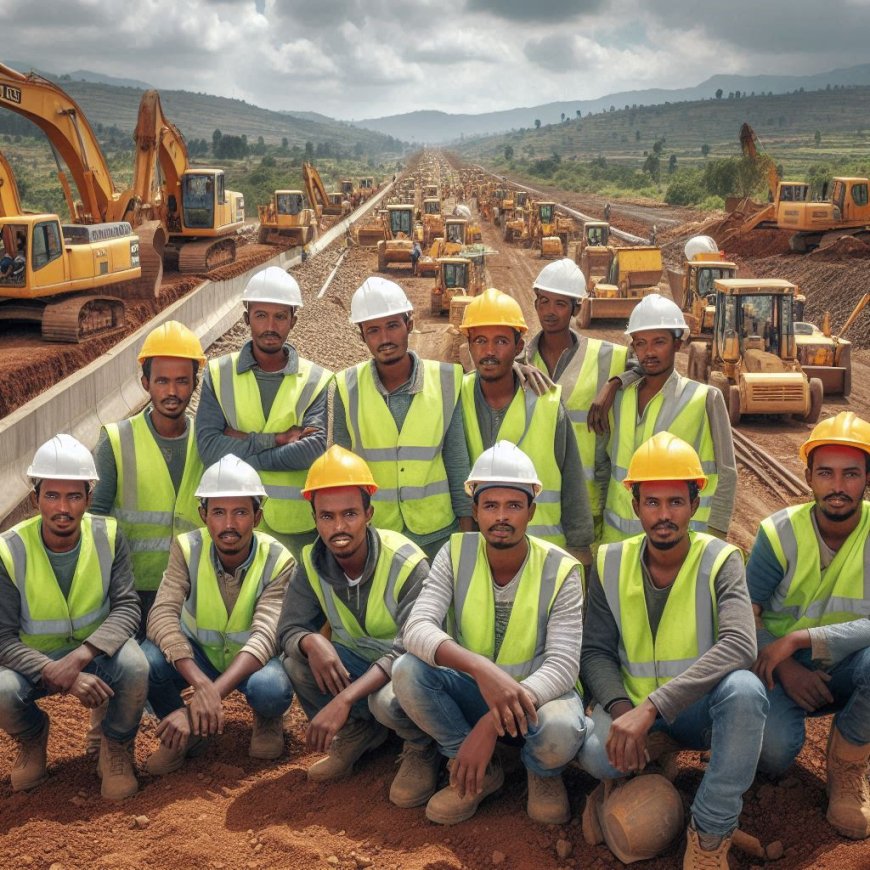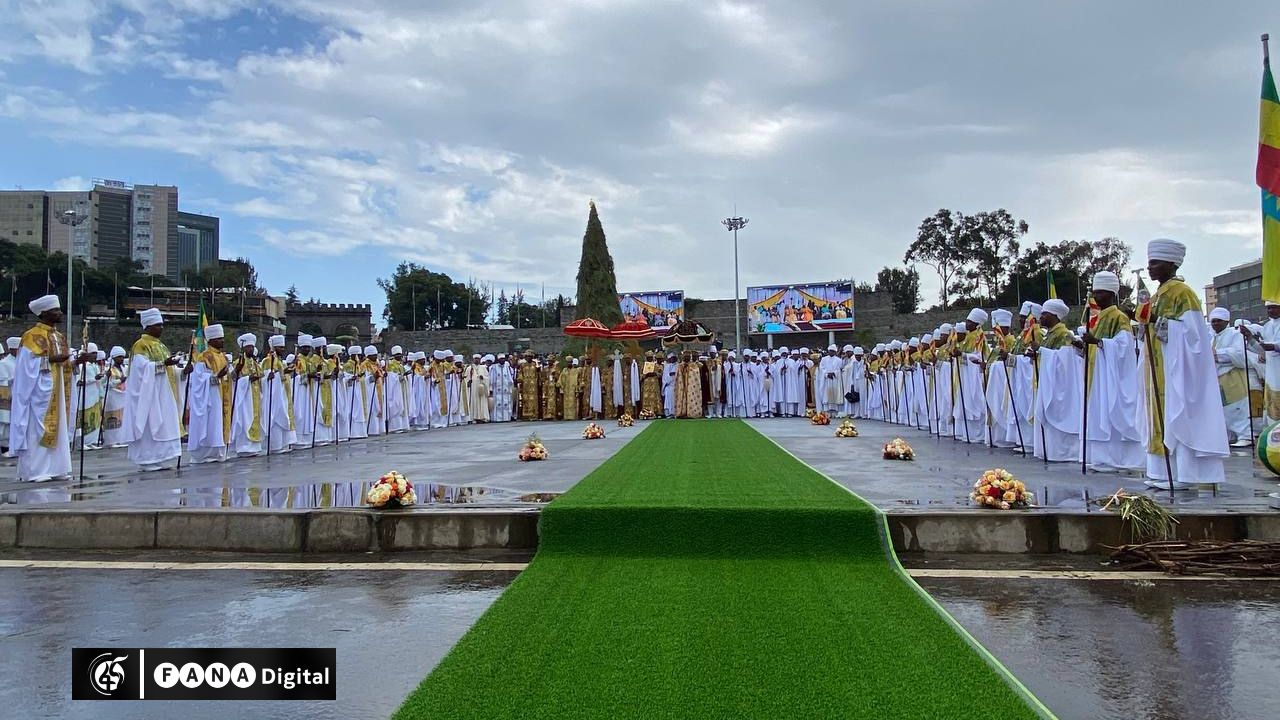Infrastructure Development: Ethiopia Unveils Ambitious Projects to Boost Connectivity
Ethiopia unveils ambitious infrastructure projects aimed at boosting national and regional connectivity, transforming transport, energy, and communication sectors. Learn about the impact on economic growth.

Ethiopia has set its sights on a transformative future by unveiling a series of ambitious infrastructure projects designed to boost national and regional connectivity. These large-scale initiatives, spanning transportation, energy, and communication sectors, are set to elevate the country’s economic landscape and create new opportunities for growth. By enhancing connectivity, Ethiopia aims to strengthen its position as a key player in regional development and global trade.
Key Projects in Transportation
One of the cornerstone projects in Ethiopia’s infrastructure plan is the expansion and modernization of the country’s transportation network. This includes the development of new highways, railways, and airports that will connect Ethiopia’s cities, towns, and rural areas more efficiently. The Addis Ababa-Djibouti railway, which serves as a vital trade route linking Ethiopia to the Red Sea, is a prime example of the country’s efforts to strengthen its logistics and transportation capabilities.
Additionally, Ethiopia plans to invest in its air transport infrastructure, modernizing major airports like Bole International Airport in Addis Ababa. The expansion of these transport systems is expected to increase trade, improve the movement of goods, and enhance regional integration with neighboring countries.
Energy Infrastructure: Powering Growth
Energy infrastructure is another major focus of Ethiopia’s development strategy. The country has embarked on several hydroelectric, wind, and solar power projects that are set to transform the national energy grid. The Grand Ethiopian Renaissance Dam (GERD), the largest hydroelectric dam in Africa, is a flagship project that will significantly boost Ethiopia’s energy capacity and reduce its reliance on fossil fuels. Once fully operational, GERD is expected to supply electricity to millions of Ethiopians and export power to neighboring countries, generating much-needed revenue.
Ethiopia's energy ambitions extend beyond GERD, with numerous renewable energy projects underway to ensure sustainable power supply for both urban and rural areas. By investing in renewable energy, the country is positioning itself as a leader in green energy production on the African continent.
Expanding Communication Networks
In today’s digital age, connectivity extends beyond roads and railways. Ethiopia is also focused on expanding its telecommunications and digital infrastructure. The government has initiated projects to improve internet access and mobile connectivity across the country, particularly in rural areas where digital services are limited. These projects include the development of 4G and 5G networks, and partnerships with global technology companies to build modern data centers.
Improving digital connectivity is crucial for the growth of Ethiopia’s economy, enabling businesses to operate more efficiently and helping the country compete in the global market. It also opens up opportunities for innovation in areas like e-commerce, digital finance, and remote learning.
Impact on Economic Growth
The new infrastructure projects are expected to have a profound impact on Ethiopia’s economy. By improving connectivity across multiple sectors—transport, energy, and communication—the country aims to attract foreign investment, enhance trade, and create jobs. The improved infrastructure will also facilitate the movement of people and goods within Ethiopia, making it easier for businesses to reach markets and consumers across the country.
The government has also emphasized the importance of public-private partnerships (PPPs) in implementing these projects, inviting foreign investors to participate in Ethiopia’s growing economy. As the country becomes more interconnected, it is well-positioned to emerge as a regional hub for trade and commerce.
Overcoming Challenges
While the government’s infrastructure plans are ambitious, they are not without challenges. Financing such large-scale projects requires significant investment, and Ethiopia must strike a balance between development goals and managing its national debt. Additionally, the implementation of these projects must take into account the social and environmental impact, ensuring that local communities benefit from the development and that the environment is protected.
Furthermore, political stability and security are essential for the successful completion of these projects. The Ethiopian government continues to work on addressing internal conflicts and regional tensions to create an environment conducive to sustainable growth.
A Vision for the Future
Ethiopia’s infrastructure development plans represent a bold vision for the future. By improving connectivity across the nation and beyond, the country is laying the foundation for long-term economic growth, regional cooperation, and increased global competitiveness. The ambitious projects are not just about building roads, railways, or power plants—they are about building a future in which Ethiopia plays a central role in shaping the region's development.
Conclusion
Ethiopia’s unveiling of ambitious infrastructure projects marks a new chapter in the country’s quest for economic transformation. From transport and energy to communication networks, these initiatives are set to boost connectivity, drive innovation, and unlock new opportunities for growth. As Ethiopia continues to invest in its future, the world is watching with anticipation to see how these bold projects will shape the nation and the region.
What's Your Reaction?
 Like
0
Like
0
 Dislike
0
Dislike
0
 Love
0
Love
0
 Funny
0
Funny
0
 Angry
0
Angry
0
 Sad
0
Sad
0
 Wow
0
Wow
0
















































